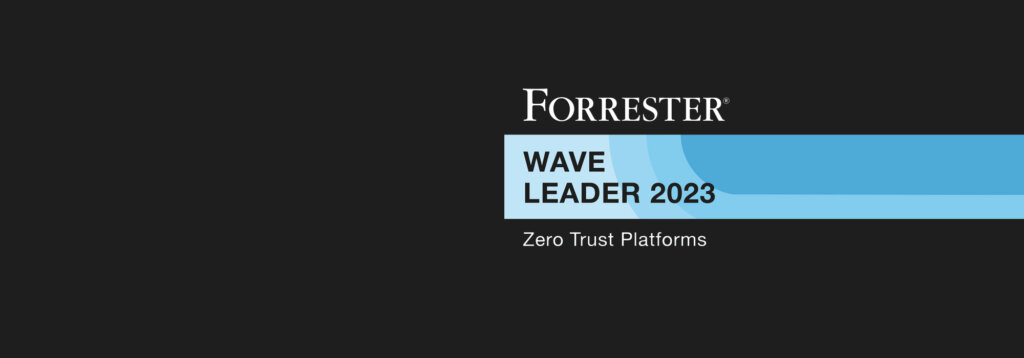As enterprises distribute data center workloads across multiple clouds, expand support for SaaS applications, and remote workers, the challenge of implementing a zero trust security architecture becomes more complex.
Download the full report.
How does Forrester define a Zero Trust Platform Provider?
According to Forrester, Zero Trust Platform customers should look for providers that:
- Simplify centralized management and usability – through a “shared universal UI and user experience (UX) across multiple ZT components.”
- Offer flexible deployment models supporting diverse hybrid architectures – including on-premises firewalls, virtual firewalls and firewall-as-a-service.
- Incorporate Zero Trust Network Architecture ( ZTNA) and/or micro segmentation capabilities natively – as both of these deliver core zero trust principles — enforcing least privilege, implicitly denying access, and applying comprehensive visibility
Why Check Point is a Leader among Zero Trust Platform Providers
According to Forrester, Check Point “sets the bar for centralized management and usability,”. In addition, Check Point received the highest ranking in the Market Presence category, and the highest scores possible of five in 13 criteria, among others: data security, device security, centralized management & usability, visibility and analytics, and partner ecosystem.
The Check Point Infinity architecture consolidates a broad range of security functions and solutions that enable businesses of any size to implement all of the seven principals of the Extended Zero Trust Security model including:
- Networks: Check Point Quantum Security Gateways enable you to create granular network segmentation across public/private cloud and LAN environments and enforce “Least Privileged” access policy, so only the right users and devices can access your protected assets.
- Cloud Workloads: Check Point CloudGuard provides cloud native security for all your assets and workloads, across multi-cloud environments, allowing you to automate security everywhere, with unified threat prevention and posture management.
- People: Check Point Identity Awareness, CloudGuard and Harmony Email and Collaboration ensure that access to your data is granted only to authorized users, and only after their identities have been strictly authenticated; using Single Sign-On, Multi-Factor Authentication, context-aware policies (e.g., time and geo-location of the connection), and anomaly detection.
- Data: Check Point delivers multi-layered data protection including data encryption and data loss prevention that pre-emptively protects data from theft, corruption, and unintentional loss.
- Devices: Harmony Endpoint, Harmony Mobile and Quantum IoT enable you to protect endpoint, mobile and IoT devices and block infected devices from accessing corporate data and assets.
- Visibility and Analytics: Part of Check Point Infinity, Horizon offers unified security visibility and analytics including XDR, MDR, and event management solutions for networks, endpoints, cloud, email and IoT—all from one console. Leveraging the power of ThreatCloud AI, organizations can prevent advanced threats across all vectors with fewer resources.
- Automation and Orchestration: Check Point Infinity includes a rich set of APIs that support integration, automation, and orchestration of security within any IT infrastructure to increase agility while improving incident response and security policy accuracy.
Discover Check Point Infinity – Zero Trust Within Your Reach
If you’re looking for a simpler way to achieve zero trust security across your IT estate, then Check Point Infinity is a good place to start. See the links below to get started.
